Optimal Seasons for Foundation Repairs
Foundation repairs are most effective when performed under optimal weather conditions to ensure proper curing and stability. The ideal time varies based on climate, soil conditions, and the type of repair needed. Generally, mild and dry seasons are preferred for foundation work, reducing the risk of moisture-related issues during the repair process.
Spring offers moderate temperatures and longer daylight hours, making it suitable for foundation repairs. However, increased rain can sometimes delay work or affect curing times.
Summer provides warm, dry weather ideal for many foundation repair methods. High temperatures can accelerate curing but may require precautions against heat-related issues.
Fall is often considered a good time, with cooler temperatures and less rain, allowing for effective repairs before winter.
Winter is generally less suitable due to freezing temperatures and potential snow or ice, which can hinder repair work and affect material performance.
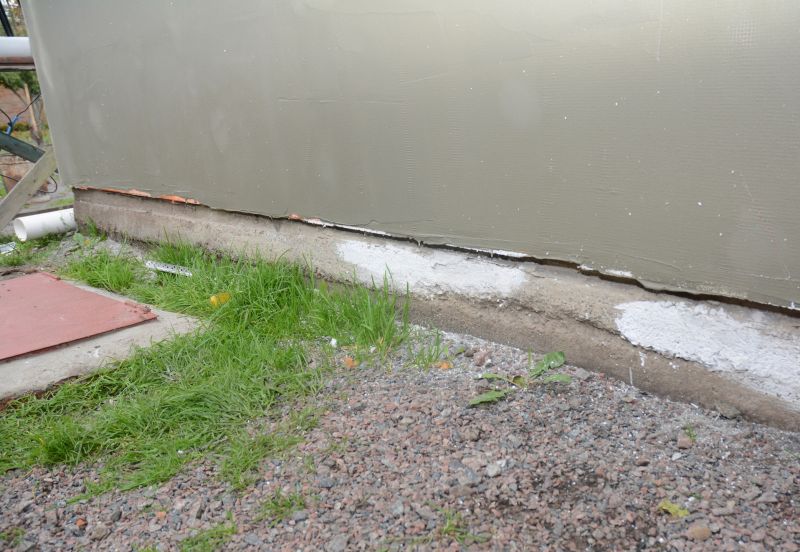
Addressing cracks early prevents further structural issues and is best done during dry seasons.
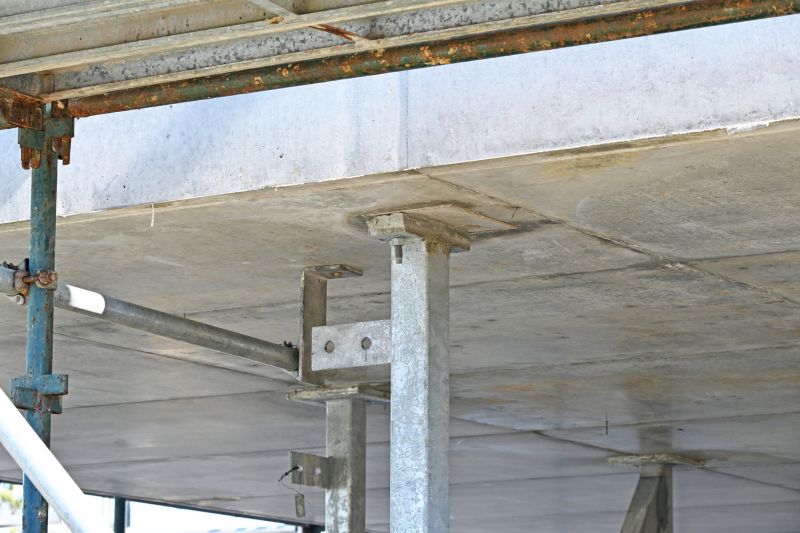
Optimal in warm, dry weather to ensure proper setting and curing of underpinning materials.
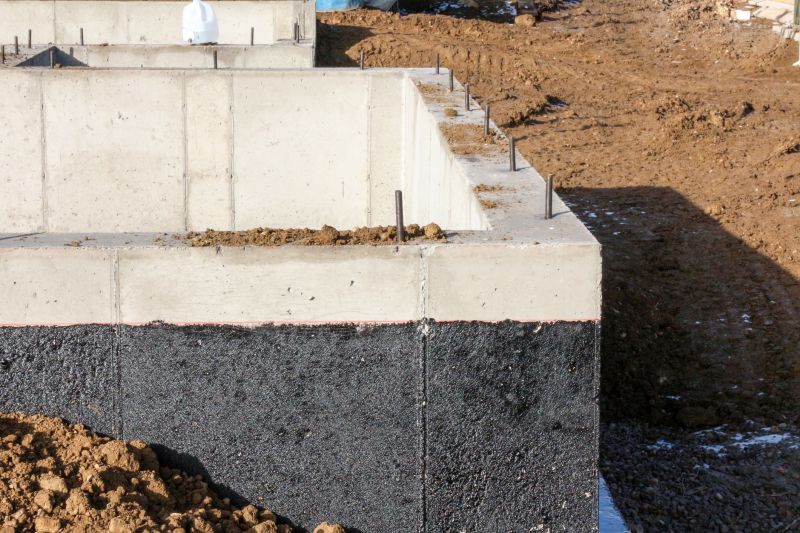
Ideal during dry months to ensure effective sealing and moisture control.
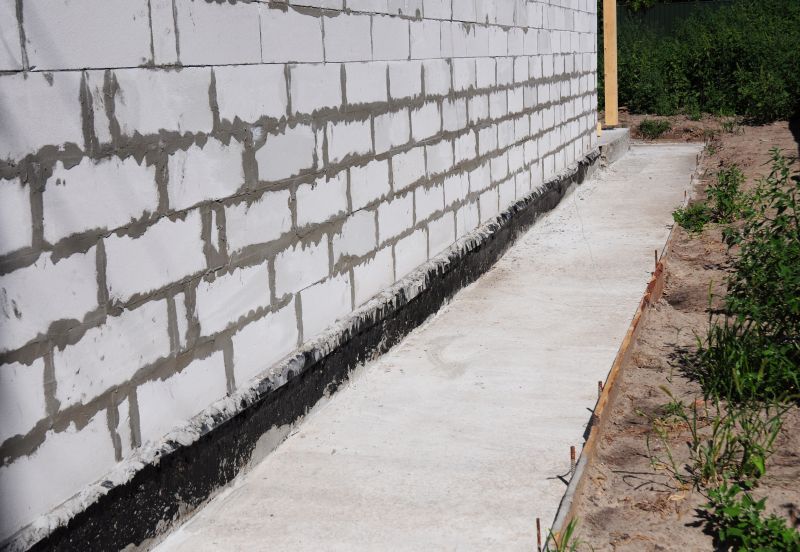
Performed when soil moisture levels are stable, typically in late spring or early fall.
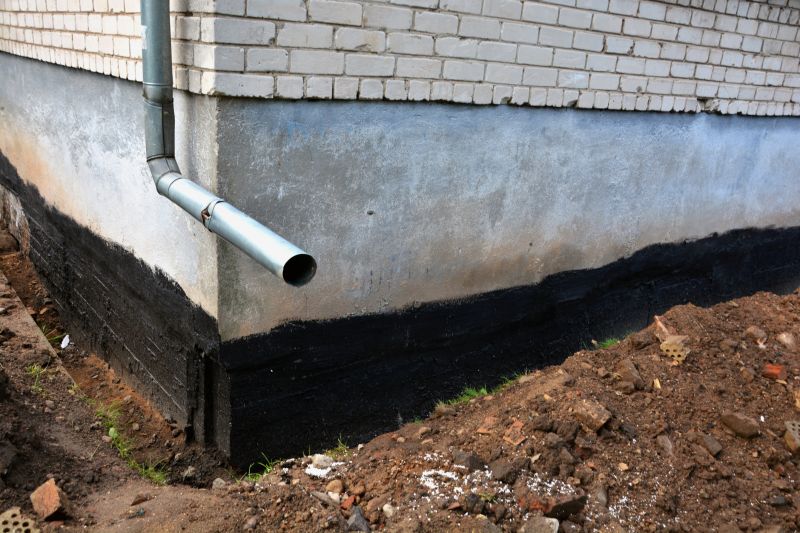
Best done before winter to prevent water accumulation and soil erosion around the foundation.
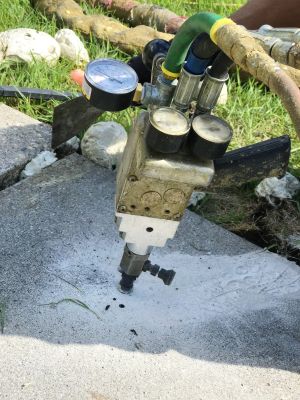
Effective in dry conditions to ensure proper lift and stabilization.
| Season | Recommended for Foundation Repairs |
|---|---|
| Spring | Yes, with dry weather and moderate temperatures. |
| Summer | Yes, with warm and dry conditions. |
| Fall | Yes, especially before winter. |
| Winter | No, due to freezing temperatures and snow. |
Foundation repairs are critical for maintaining structural integrity and preventing further damage to a property. Common issues include cracking, settling, and moisture intrusion, which can compromise safety and property value. Timely repairs help mitigate costs and extend the lifespan of the foundation. Accurate assessment and choosing the right season for repairs can significantly influence the effectiveness and durability of the work.

Performed during optimal weather to ensure stability and proper curing.

Best in dry conditions to prevent moisture infiltration.
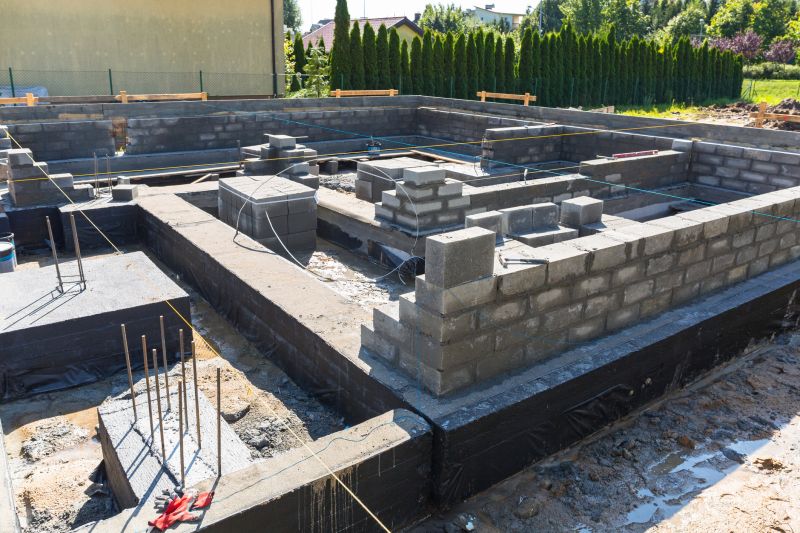
Most effective when soil moisture is controlled and stable.
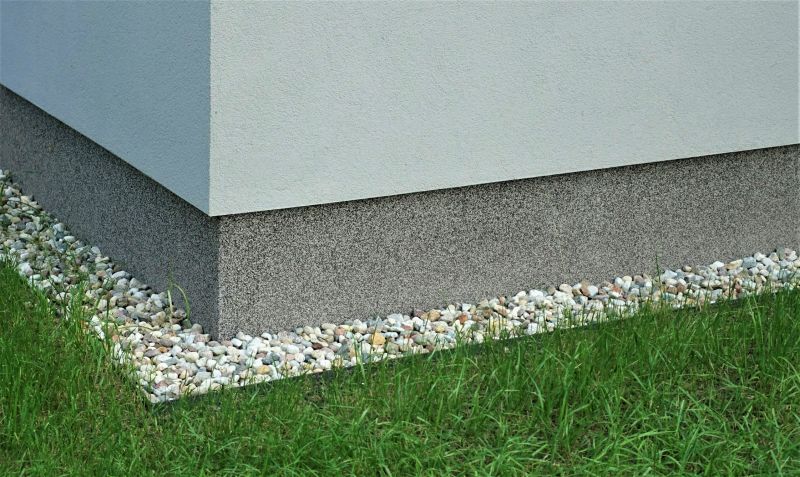
Ideal before winter to prevent water accumulation.
Understanding the best timing for foundation repairs can improve results and reduce the risk of complications. Consulting with a foundation specialist can provide guidance tailored to local climate conditions and specific property needs. Proper planning and timing are essential for ensuring long-term stability and safety.
For those interested in foundation repairs, filling out the contact form is the first step toward assessing your property’s needs. Expert evaluations can identify underlying issues and recommend the most suitable repair strategies to ensure lasting stability.

